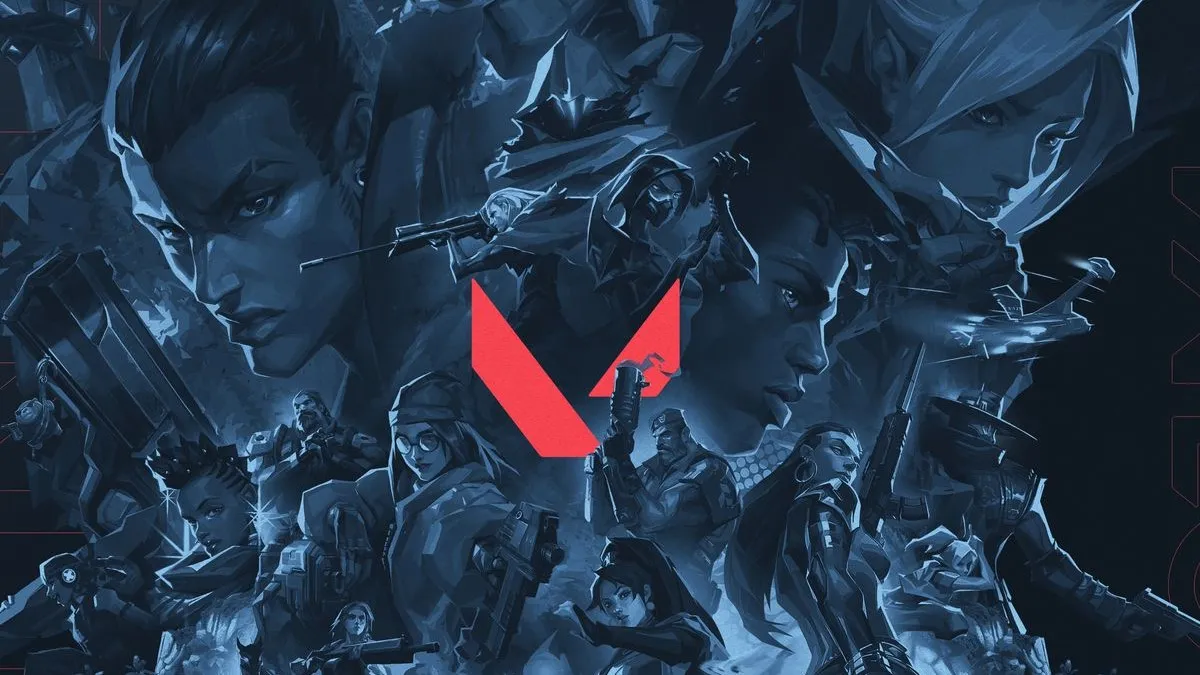The character you choose to play matters in every competitive game, and VALORANT is no exception. The best agents in VALORANT constantly change as Riot Games introduces new patches, slightly adjusting the playstyles of each agent.
Depending on who gets buffed and nerfed, a trend always emerges, and the list of the best-performing agents in the game always evolves. Keeping up with all of the changes can be tough if you’re a casual player or have stepped away and are just getting back into Riot’s premier FPS title.
If you hesitate on which agents to pick or just want to have a better idea of the meta, here are our rankings for the best agents as of November 2023 (Episode Seven, Act Three).
How we determine our agent rankings
This tier list is determined by several factors, including the agents’ popularity and win rates in competitive, unrated, and professional play, their synergy with other top-tier picks, and Riot’s latest balance changes.
Keep in mind Riot is actively trying to strike a balance between the power of gunplay and abilities, which means agents widely considered the most powerful over a long period of time are often the most susceptible to changes. While there are some exceptions, you should expect that if you take time off, your favorite character might look a little different when you return.
Though our tier list is thoughtfully compiled, if you’re committed to maining a certain agent, you can make any pick work with enough expertise. But the truth is, some agents are just easier to make work than others. Here’s our list.
Ranked tier list of best VALORANT agents (November 2023)
| S Tier | Jett, Killjoy, Omen, Skye, Sage |
| A Tier | Brimstone, Phoenix, Sova, Viper |
| B Tier | Raze, Breach, Fade, Iso, KAY/O, Neon |
| C Tier | Astra, Chamber, Cypher, Gekko, Reyna |
| D Tier | Yoru, Harbor, Deadlock |
S Tier: Jett, Killjoy, Omen, Skye, and Sage



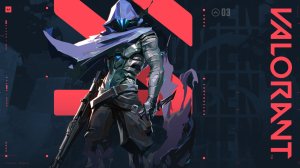

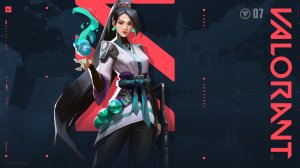
These agents are the cream of the crop and are fantastic picks in almost any agent composition on nearly every map in the game. They’re also great picks for when you’re trying to climb the ranked ladder yourself in solo queue, and if you’re good on one of these agents, don’t be ashamed to insta-lock.
Jett is the optimal choice for any player who wants to capitalize on opportunities to get kills. She is an attack-sided juggernaut with enhanced mobility, plus her own smokes can be used to help the rest of the team or anchor her own highlight plays. With the right mechanics, Jett is one of the best agents, and she also hasn’t fallen out of the meta at all since the game’s release. If you can master the timing of her movement abilities, she is undoubtedly the one true S-Tier pick.
An agent that climbed her way up to S Tier after adjustments to her kit, Killjoy is now the sentinel of our dreams. Her utility has become increasingly useful, and she is the strongest sentinel by far in an agent class that struggles with consistency across the board. After the end of the Chamber-centric meta, and after getting health upgrades to her Lockdown and Alarmbot, the turret-wielding sentinel has taken a massive step up.
Omen might just be the sneakiest agent, despite his status as a controller. His ability to blind and teleport is unique in his agent class, and his ultimate can provide a variety of different uses to a team. He can help set up an entry to a site with ease and position his allies for easy kills on helpless enemies thanks to his smokes and blind. His smokes are the best and offer the most precise placement out of any controller agent. This last point alone is enough to choose him.
Skye is likely the most versatile initiator in VALORANT, and she skyrockets into S Tier for us because of her incredible potential to add value to her team. Her info-gathering utility is not only informative but also oppressive. In addition, she is also the only agent besides Sage who can heal teammates, which is a massive asset in a game without respawns. Her flashes are also the best since they provide audio information even if they aren’t peeked off of. Skye’s only downside is she is difficult to learn and succeeds not by getting kills herself but by racking up assists.
Sage can exert an incredible amount of map control with her slows and wall and can reverse the momentum of a round with a well-timed heal or resurrection. She lacks flank-watching abilities that make the other sentinels in her agent class strong picks, like Killjoy, but she still ranks in S Tier because of her approachability and diversity. Sage is a great agent to start out on if you’ve never played VALORANT before, and she can be successfully utilized in a variety of styles.
A Tier: Brimstone, Phoenix, Sova, and Viper

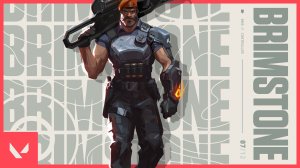

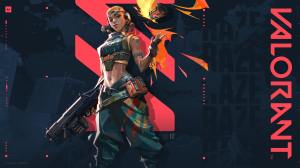

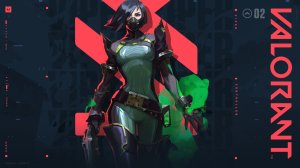
These agents provide a great amount of value to most compositions across a majority of maps. None of them are bad picks, but some agents in the S-Tier category might be better, depending on the situation and your individual expertise.
Brimstone‘s post-plant ability is top-tier, and his smokes provide the most comprehensive site coverage. They also last longer than any other agent’s smokes, making him a prime choice for those who like executing onto sites through the front door. The main reason he isn’t in S Tier is because his smokes don’t recharge, limiting his value on maps that often end up with attackers rotating or utilizing a multi-site approach.
Phoenix has risen up the ranks as of late, partially off of some stellar VCT appearances in 2022 but also because more and more players are finding success with him in their own VALORANT games. He currently sits in the top ten based on his win rate of any agent, indicating the players are eager and prepared to bring him back into rotation. His flashes make him a dynamic duelist choice, and he can provide self-sustain that most other duelists need to rely on a teammate for.
Sova is the most approachable initiator agent in the game for players looking to try that role for the first time. His Recon Bolt and drone are essential tools for gathering information, his Shock Darts are vital to any post-plant, and Hunter’s Fury can swing a round in a multitude of viable ways. He also has utility that is easy to understand and implement yet also leaves a high skill ceiling for experienced players. Sova’s lack of flashes and easy-to-counter utility makes him a less optimal choice than Skye, but still a fine option for certain maps.
Viper‘s ability to place walls, choke off angles, deny defuses, and use her ultimate to establish control over an entire site makes her one of the most diverse controllers in the game. Viper succeeds when she is played as a sentinel and used alongside another controller, tending to perform poorly as a solo controller, which is why she gets slotted into A Tier instead of S Tier. Her ultimate is also one of the strongest in the game, hence why it now costs a whopping nine ultimate points, a massive nerf.
B Tier: Raze, Breach, Fade, Iso, KAY/O, Neon



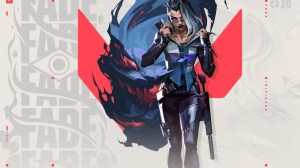


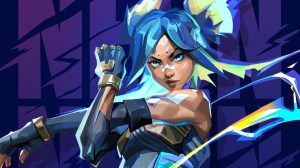
These agents can provide a fair amount of value when used properly but often have specific maps where they shine the most. The agents in this category usually require a certain degree of team coordination, so they can be difficult to play in solo ranked games.
Raze is a destructive force, able to flush hidden enemies out of corners with her paint can grenades and Boombot. Raze’s main struggle is that she isn’t great on maps with wide open space, especially after recent nerfs to her Boombot and other destructive utility. She is great on maps with tight corners, but using her on Breeze, for example, will bring little value to a team.
Breach is an overwhelming agent when used on the right maps. He particularly excels on maps with smaller sites. You’ll just need to coordinate with your teammates to make sure you don’t stun them, which can be tricky when solo queuing or for new players.
Fade is a great initiator, but there is really no other agent quite like her, which is both a strength and a weakness. The information she can gather for her team is comprehensive, and she also has her own follow-up abilities to be able to act on that information. Yet unlike every other initiator, she has no flash, a key element of VALORANT and other games like it.
VALORANT’s newest agent Iso has the potential to grow into a truly incredible duelist. He is still finding his niche, and has an ultimate that highly relies on solo skill, which is not great to help a team. His external utility and shield mechanics can be useful and set him apart from other duelists, though he may still need some fine-tuning.
KAY/O has powerful abilities, but where he struggles is that in order for them to be used effectively, he needs to be on the same page as his teammates. With KAY/O, it’s easy to waste your utility or flash your teammates if you’re not careful. Yet, put this agent in the right hands and his abilities become unstoppable. If you’re coming to VALORANT from CS2, for example, you might find KAY/O’s flashes easier to use than other agents.
Neon is a good choice for those looking for an alternative to Jett, but slightly less airborne. Neon’s lack of utility means she can struggle in slower-paced games, but she can be an incredibly viable option in aggressive scenarios. Pair her with a Breach to stun your enemies into oblivion.
C Tier: Astra, Chamber, Cypher, Gekko, Reyna


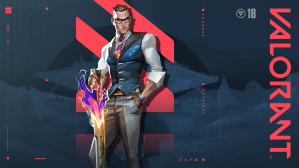

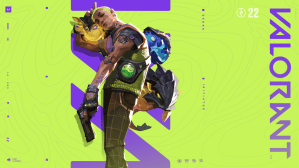
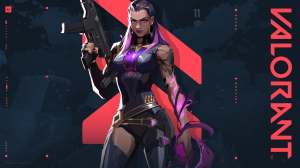
Astra‘s ultimate ability is a double-edged sword that costs her some tiers compared to other controllers, but the global reach of her stars can still be valuable to a team. The other main reason she is all the way in C Tier is she is generally considered the most difficult agent to play.
Once a clear S-Tier agent that dominated the pro scene, nerfs to Chamber have knocked him down the ladder. With virtually his entire kit taking a hit in viability, he’s not completely useless, but he’s far gone from the crutch he once was.
Cypher is a master of locking down a site with his defensive utility but doesn’t offer as much on the attacking side when it comes to getting to sites safely. Still, his ultimate is very useful on either attack or defense, especially after recent buffs. His recent buffs do help him to be more versatile but don’t yet move him up a tier.
Gekko can be one of the toughest initiators to deal with since he brings so much utility to the table, and if used properly, can be a perfect way to push onto a site or defend from an incoming retake. He ranks low because compared to other initiators, he lacks flexibility, is always tied to where his creatures land, and generally plays at a slow pace.
Reyna has the highest win rate in casual VALORANT play, and also boasts the highest pick rate. So why is she sitting down in C Tier? The main reason is Reyna is the most selfish agent. Her utility primarily serves her own needs, which results in a playstyle that doesn’t focus on the needs of her team.
D tier: Yoru, Harbor, Deadlock




There’s no agent in the field that’s completely worthless, but in most scenarios, these agents don’t provide the most value to a team.
Yoru has the potential to be a carrying force, but only if the player playing them has a great individual game themselves. Some Yoru players are able to come up with some of the most creative uses of utility we’ve ever seen, but those players are few and far between. If you’re looking for a new way to try out the agent, try pairing him with Fade.
Harbor is a welcome addition to the controller category, mostly due to his primary wall ability. The length, control, and duration of the wall is such a vital tool, as are his bullet-shielding cover orb and his site-clearing ultimate. Like Viper, he struggles as a single controller but simultaneously doesn’t have many great agents that can go with him.
Deadlock will likely go down in VALORANT history as one of the worst agent releases the game has seen. She has never been a meta pick, isn’t used in pro play, and is still somehow too complex for new players to get the hang of. Despite buffs to her Grav Net, her inconsistency compared to the game’s other sentinels leaves much to be desired.
This article will be updated with any changes or the addition of new agents in VALORANT.

